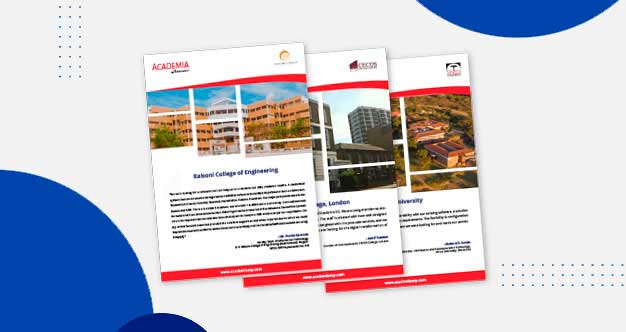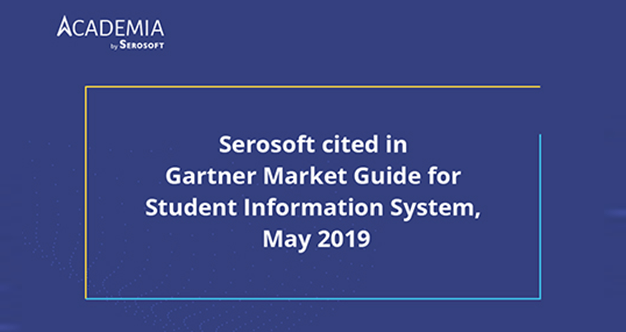5 Keys to a Smooth K-12 SIS (SMS) Implementation
Introduction:
A Student Information System (SIS) is a crucial component for any K-12 educational institution, as it effectively manages and streamlines the plethora of data associated with students, teachers, parents, and staff. K12 SIS is often referred as School Management System (SMS). Implementing a new SMS can be daunting, but the right approach can lead to a seamless integration that enhances the educational experience. Here, we explore five key aspects to consider when implementing a new K-12 SIS (School Management System – SMS), ensuring a smooth transition and optimal results.
- Define Clear Goals and Objectives:
The first step in implementing a new SMS is establishing clear goals and objectives for the system. This approach includes identifying the current system’s specific pain points and limitations and determining what the new SMS should accomplish. In this process, engage all stakeholders, such as teachers, administrators, IT staff, and parents, to ensure their needs are addressed. Clearly defined goals will guide the selection process and help keep the implementation on track.
- Select the Right SMS Vendor:
Choosing the right SMS vendor is crucial for a smooth implementation. Research and compare different vendors, taking into account factors such as:
- Compatibility with existing systems
- Scalability and adaptability to future needs
- Vendor’s reputation, customer support, and experience in K-12 education
- Ease of use and user-friendliness
- Data security and privacy features
Gather feedback from other educational institutions implementing the SMS you are considering. This approach can provide valuable insights into the vendor’s reliability and product quality.
- Develop a Detailed Implementation Plan:
A well-defined implementation plan is essential for a successful SMS implementation. This plan should outline the following:
- Key milestones and deadlines
- Roles and responsibilities of stakeholders
- Training and support requirements
- Data migration strategy, including data clean-up and validation
- Testing and quality assurance processes
- Contingency plans for unexpected issues
The plan should be flexible enough to accommodate changes and adjustments as the implementation progresses. Regular communication and collaboration between stakeholders will ensure the plan stays on track.
- Provide Comprehensive Training and Support:
Training and support are vital for successfully adopting the new SMS. Stakeholders must be comfortable using the new system and understand its full capabilities. Develop a comprehensive training plan that addresses the needs of various user groups, such as teachers, administrators, and IT staff. This process can include on-site training, webinars, and self-paced online resources.
Additionally, establish a support system to address user questions and concerns during and after the implementation. This can involve designating in-house SMS experts, creating a help desk, or utilizing the vendor’s support services.
- Monitor and Evaluate the Implementation:
Regular monitoring and evaluation of the SMS implementation are crucial for identifying issues and ensuring the system meets its objectives. Establish key performance indicators (KPIs) and success criteria based on the goals and objectives defined earlier. Gather feedback from stakeholders to assess the system’s performance and user satisfaction.
Use the insights from monitoring and evaluation to make data-driven decisions and adjustments to the system, ensuring it continues to meet the educational institution’s needs. This ongoing process will help maximize the return on investment in the new SMS.
Conclusion:
A smooth SMS implementation can significantly improve the management and organization of student information, enhancing the overall educational experience. By defining clear goals and objectives, selecting the right vendor, developing a detailed implementation plan, providing comprehensive training and support, and monitoring and evaluating the implementation, educational institutions can successfully navigate the challenges of implementing a new SMS and reap the benefits a more efficient, user-friendly system.
Related Posts:
 Higher Ed Plans
Higher Ed Plans K12 Plans
K12 Plans










